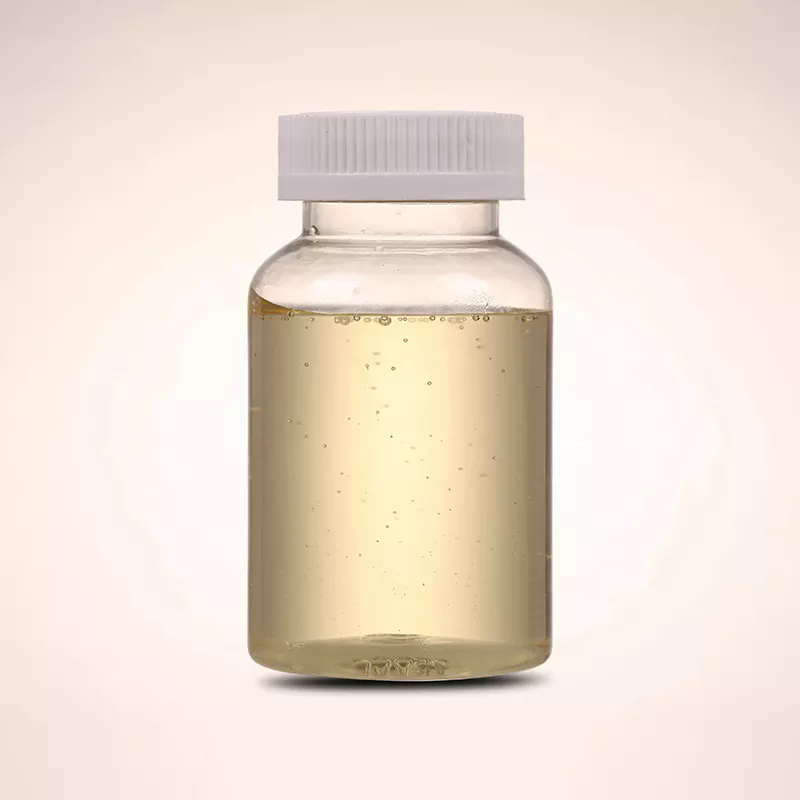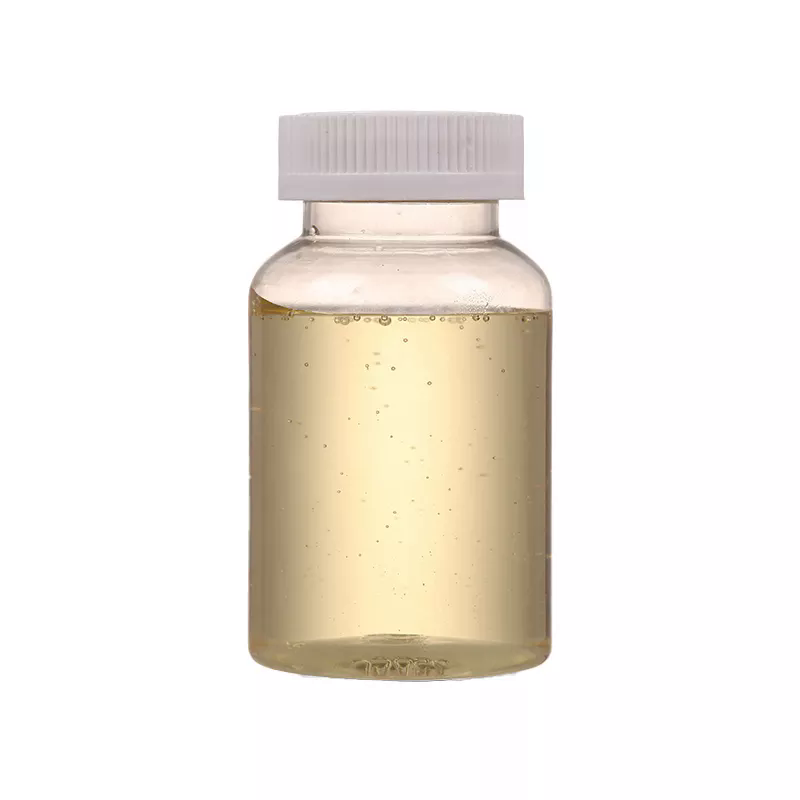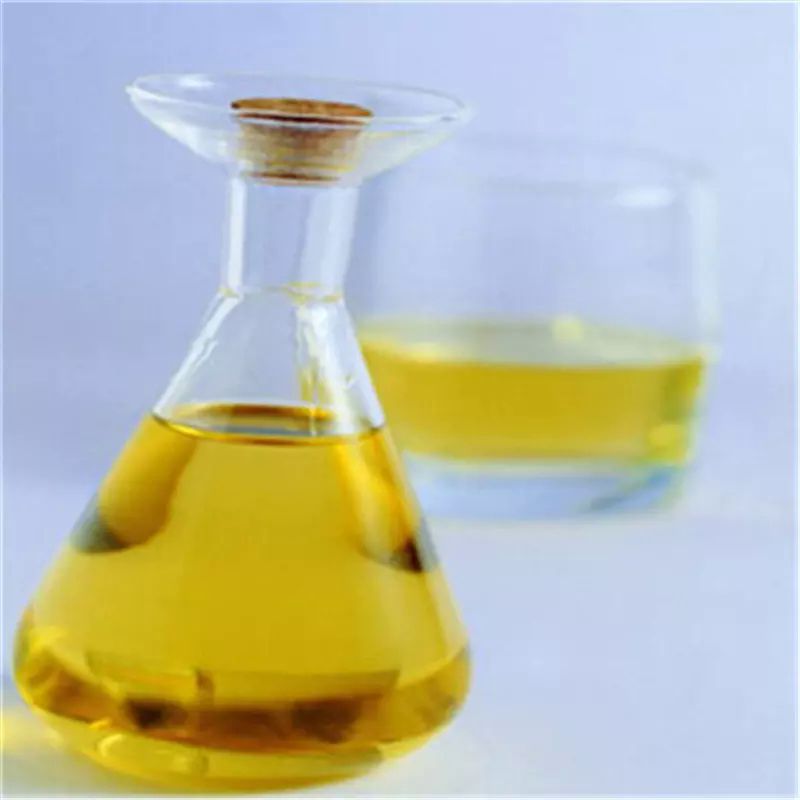2-Chloropropionyl chloride
- CAS NO.:7623-09-8
- Empirical Formula: C3H4Cl2O
- Molecular Weight: 126.97
- MDL number: MFCD00000862
- EINECS: 231-540-7
- SAFETY DATA SHEET (SDS)
- Update Date: 2024-11-21 17:11:28

What is 2-Chloropropionyl chloride?
Chemical properties
clear colorless to light yellow liquid
The Uses of 2-Chloropropionyl chloride
2-Chloropropionyl chloride is used as a reagent in the chemical surface fictionalization of parylene C. It is used in the synthesis of (±)-mintlactone, in the preparation of a poly(ethylene glycol) macro initiator & chlorine modified TiO2 nanoparticles, the ATRP initiators.
The Uses of 2-Chloropropionyl chloride
2-Chloropropionyl chloride was used:
- as reagent in the chemical surface functionalization of parylene C
- in the preparation of a poly(ethylene glycol) macroinitiator, required for the atom transfer radical polymerization (ATRP) of styrene
- in the synthesis of (±)-mintlactone
- in the preparation of chlorine modified TiO2 nanoparticles, the ATRP initiators
What are the applications of Application
2-Chloropropionyl chloride is a chemical reagent in the chemical surface functionalization of parylene C
Properties of 2-Chloropropionyl chloride
| Melting point: | -71 °C |
| Boiling point: | 109-111 °C (lit.) |
| Density | 1.308 g/mL at 25 °C (lit.) |
| refractive index | n |
| Flash point: | 88 °F |
| storage temp. | Flammables area |
| solubility | soluble in Chloroform |
| form | Liquid |
| color | Clear colorless to light yellow |
| Water Solubility | MAY DECOMPOSE |
| BRN | 605452 |
| Stability: | Moisture Sensitive, Volatile |
| CAS DataBase Reference | 7623-09-8(CAS DataBase Reference) |
| NIST Chemistry Reference | Alpha-chloropropionyl chloride(7623-09-8) |
| EPA Substance Registry System | Propanoyl chloride, 2-chloro- (7623-09-8) |
Safety information for 2-Chloropropionyl chloride
| Signal word | Danger |
| Pictogram(s) |
 Flame Flammables GHS02  Corrosion Corrosives GHS05  Exclamation Mark Irritant GHS07 |
| GHS Hazard Statements |
H226:Flammable liquids H302:Acute toxicity,oral H314:Skin corrosion/irritation |
| Precautionary Statement Codes |
P210:Keep away from heat/sparks/open flames/hot surfaces. — No smoking. P280:Wear protective gloves/protective clothing/eye protection/face protection. P303+P361+P353:IF ON SKIN (or hair): Remove/Take off Immediately all contaminated clothing. Rinse SKIN with water/shower. P305+P351+P338:IF IN EYES: Rinse cautiously with water for several minutes. Remove contact lenses, if present and easy to do. Continuerinsing. |
Computed Descriptors for 2-Chloropropionyl chloride
| InChIKey | JEQDSBVHLKBEIZ-UHFFFAOYSA-N |
Abamectin manufacturer
Panoli Intermediates (India) Pvt., Limited. (Kutch Chemical Industries Ltd.)
1Y
Phone:+91-7226032610
Whatsapp: +91-7226032610
product: 2-Chloropropionyl chloride 7623-09-8 99%
ALS INDIA LIFE SCIENCES
1Y
Phone:+91-8977036379
Whatsapp: +91 8008166674
product: 7623-09-8 2-Chloropropionyl chloride 98%
New Products
4-Aminotetrahydropyran-4-carbonitrile Hydrochloride (R)-3-Aminobutanenitrile Hydrochloride 4-AMINO-TETRAHYDRO-PYRAN-4-CARBOXYLIC ACID HCL 4-(Dimethylamino)tetrahydro-2H-pyran-4-carbonitrile 3-((Dimethylamino)methyl)-5-methylhexan-2-one oxalate 1,4-Dioxa-8-azaspiro[4.5]decane 5-Bromo-2-nitropyridine Nimesulide BP Aceclofenac IP/BP/EP Diclofenac Sodium IP/BP/EP/USP Mefenamic Acid IP/BP/EP/USP Ornidazole IP Diclofenac Potassium SODIUM AAS SOLUTION ZINC AAS SOLUTION BUFFER SOLUTION PH 10.0(BORATE) GOOCH CRUCIBLE SINTERED AQUANIL 5 BERYLLIUM AAS SOLUTION 2-Bromo-1-(bromomethyl)-3-chloro-5-nitrobenzene 2-Bromo-3-nitroaniline N-(3-Hydroxypropyl)-N-methylacetamide 3-Bromo-6-chloropyridazine 4-ethyl-3-nitrobenzoic acidRelated products of tetrahydrofuran








You may like
-
 7623-09-8 2-Chloropropionyl chloride, 97% 98%View Details
7623-09-8 2-Chloropropionyl chloride, 97% 98%View Details
7623-09-8 -
 7623-09-8 99%View Details
7623-09-8 99%View Details
7623-09-8 -
 7623-09-8 2-Chloropropionyl chloride 98%View Details
7623-09-8 2-Chloropropionyl chloride 98%View Details
7623-09-8 -
 2-Chloropropionyl Chloride CAS 7623-09-8View Details
2-Chloropropionyl Chloride CAS 7623-09-8View Details
7623-09-8 -
 2-Chloropropionyl chloride 98%View Details
2-Chloropropionyl chloride 98%View Details -
 2-Chloropropionyl chloride 7623-09-8 99%View Details
2-Chloropropionyl chloride 7623-09-8 99%View Details
7623-09-8 -
 2-Chloropropionyl chloride CAS 7623-09-8View Details
2-Chloropropionyl chloride CAS 7623-09-8View Details
7623-09-8 -
 2-Chloropropionyl chloride CAS 7623-09-8View Details
2-Chloropropionyl chloride CAS 7623-09-8View Details
7623-09-8
Statement: All products displayed on this website are only used for non medical purposes such as industrial applications or scientific research, and cannot be used for clinical diagnosis or treatment of humans or animals. They are not medicinal or edible.